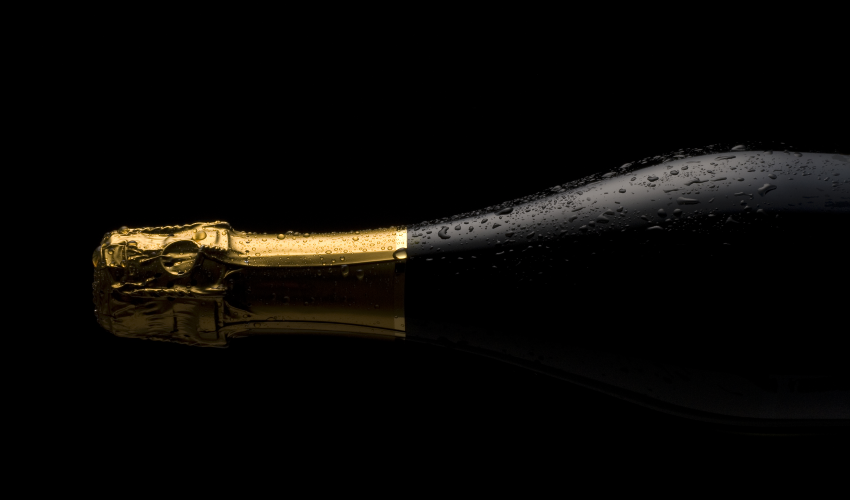
What Is Behind a Candidacy for UNESCO World Heritage Site?
CONEGLIANOVALDOBBIADENE AND THEIR PROSECCO SPARKLING WHITE WINE EARN A MUCHPRIZED INTERNATIONAL RECOGNITION. BUT THE CANDIDACY PROCESS IS AS IMPORTANT AS REACHING THE GOAL, ESPECIALLY FOR THE FUTUREby Severino Salvemini, Bocconi Department of Management and Technology
Translated by Alex Foti
The recent acknowledgement of the Conegliano-Valdobbiadene landscape as a UNESCO World Heritage Site encourages us to reflect on the candidacy process that enabled this geographical territory to compete for this form of global recognition and the effects the process has had on local society.
First of all, there is the preparation of the application dossier, where Bocconi had an active role through a research study conducted by Gabriele Troilo and me. It is a very extensive document from a multidisciplinary point of view and allows a systematic reflection on the history and cultural traditions that have led that geographical district to play a meaningful role until the present day. It is therefore an almost unique opportunity to observe the dynamics of the area from many angles (social, economic, environmental, landscape, and cultural) and make the newer generations reflect on what was achieved by previous generations and the need for local youth not to dissipate the identity and memory of their ancestors.
The UNESCO world site recognition process allows us to take stock of the distinctive aspects that characterize local economic activity, and also identify the differences brought by globalization to traditional processes and explore the environmental sustainability of current agricultural practices; in the case of Prosecco DOCG wine production, it was also a matter of exploring how marketing and distribution for the global market have modified practices in force in this vintners’ district up until a few decades ago. The result of all this is the greater possibility of reconciling the strengths of localism with the power of globalization and thus avoiding the inertial standardization of taste and social phenomena, as often found in more provincial contexts.
Linked to the previous point, there is the setting in motion of modernization. The debate inevitably triggered by the preparation of the dossier has helped the numerous and varied local stakeholders anticipate aspects of cultural transformation of the territory and possible improvements.
Moreover, it allows the winemaking district to impose a long-term planning discipline on itself about what the geographical area wants to be in the next decades. The dossier is therefore the initial stimulus to set up an indispensable project for the forthcoming generations. This means the inevitable comparison with other geographical areas that share many of Conegliano-Valdobbiadene’s traits, in order to replicate best practices and avoid common errors. In the case of the Prosecco district, this meant doing a comparison with the Langhe and Monferrato area and with the Burgundy region where ​​Pinot Noir is produced.
Finally, the UNESCO acknowledgment should not be seen merely as a goal, but as a process. This is perhaps the most important thing from a philosophical point of view. It is obvious that the goal was to win the title and being able to sport it as a badge of pride for the local community. But looking at it as a process means appreciating the effort of conceptualization and civic discussion needed to prepare for the candidacy, and the results of this effort are real no matter the final outcome of the UNESCO decision. Lastly, being a UNESCO World Heritage Site not only increases national and international reputation of the Prosecco area, but should bring greater cohesion in the local community and lead to a more mature corporate citizenship when it comes to development planning about the future of the area.
